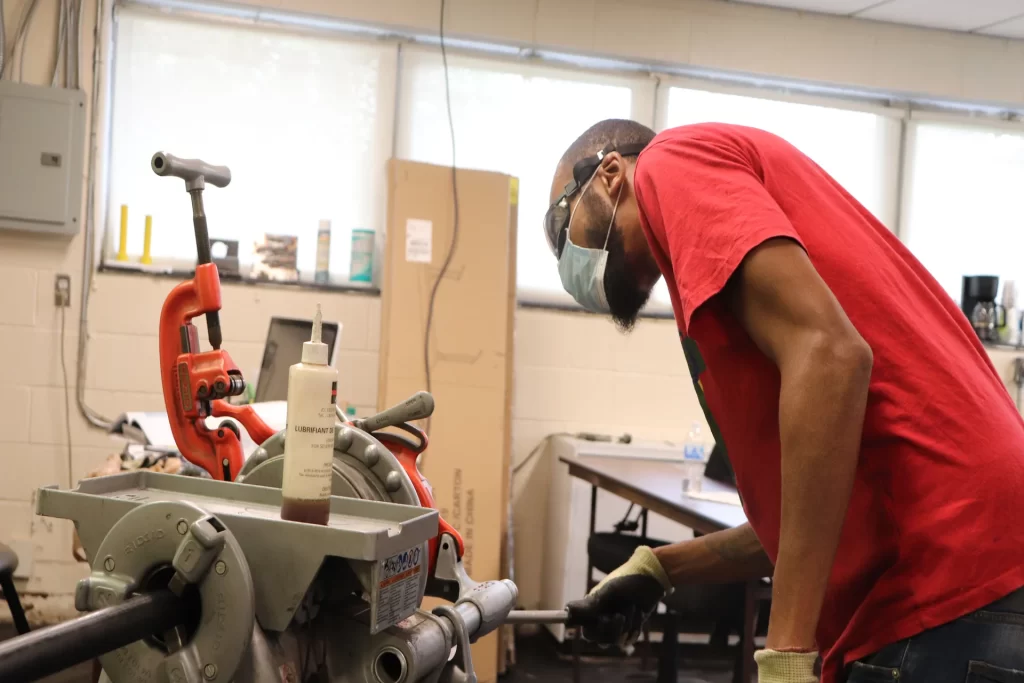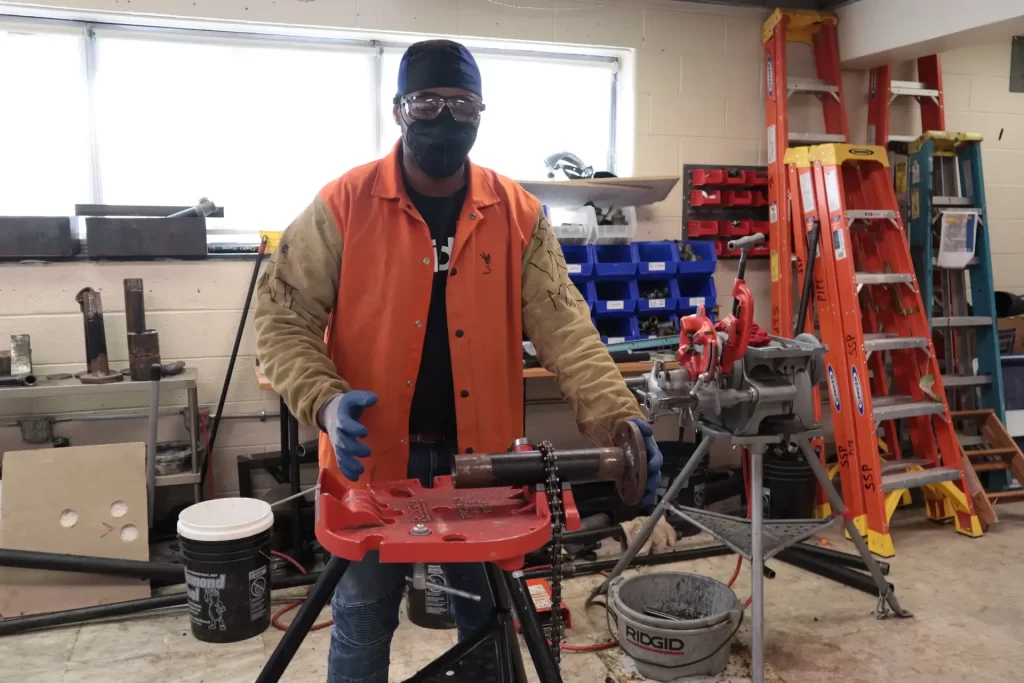Becoming a steamfitter involves much more than just steam. Steamfitters are construction workers who install, assemble, repair and maintain pipes. Some of them carry steam but can also carry compressed air, chemicals, liquids, or fuel. Steamfitters are construction workers who conduct installations of pipes. They specialize in becoming a steamfitter that allows gasses or liquids to flow under high pressure. Their other responsibilities include planning the setup of pipe systems and inspecting and building pipes. Steamfitters can work on industrial, residential, or commercial systems.
The steamfitter job description looks for an experienced steamfitter. For this role, you will work on construction sites to build, plan, and attach piping systems that will hold high-pressure gasses or liquids. You will also be accountable for testing pipe systems.
To ensure success as a steamfitter, one should have outstanding analytical skills and the ability to accurately match and measure pipe fittings to ensure systems operate smoothly. Ultimately, a top-notch steamfitter should pay detailed attention to detail and exhibit strong problem-solving skills to specify areas of improvement in pipe systems.
The responsibilities of a steamfitter involve the following:
The requirements of a steamfitter involve the following:

Preparing or reading blueprints may take place on a job site or in an office. However, the actual hands-on work may be down the trenches, inside buildings, up on roofs, inside tunnels, or high up on ladders. As a steamfitter apprentice, you will be working in severe weather, extreme cold, and heat and dealing with physically demeaning labor and loud noise, including lifting fifty-pound pieces of piping or equipment. The equipment you will function with includes welding machines, cutting torches, and several other hand and power tools. You will also wear PPE (personal protection equipment) appropriate to the setting.
Like a plumber, a steamfitter gets most of their education through an apprenticeship rather than a college degree. Typically, an apprentice must be 18 years of age, with a high school diploma or a GED. You also need the strength, eyesight, and other physical abilities necessary to do the work.
An apprentice functions, with pay, for an established contractor. Generally, apprenticeships run for 4-5 years of forty-hour weeks, plus taking some training courses in a steamfitter trade school on the side. Among the aptitudes steamfitters learn are the following:
Some states need pipefitters, comprising steamfitters, to apply for a license. Licensing may be given on passing an exam, showing work experience, or both. Moreover, your state’s licensing board can notify you of the requirements.

The average steamfitter salary in the US is $50,590 as of the latest data, but the range generally falls between $41,990 and $61,390. The salary of a steamfitter ranges widely depending on numerous important factors, including certifications, education, additional abilities, and the number of years you have spent in your career.
A steamfitter career is in demand; a high-paying job is an incredible opportunity for people who are ready to go deep to learn a trade. That is one of the reasons steamfitter is one the highest paying trade jobs that do not need a bachelor’s degree. Once you have earned your license as a steamfitter, the opportunities will be everywhere. Moreover, this is a trade where you can continue to learn new skills and technologies.
Read More: